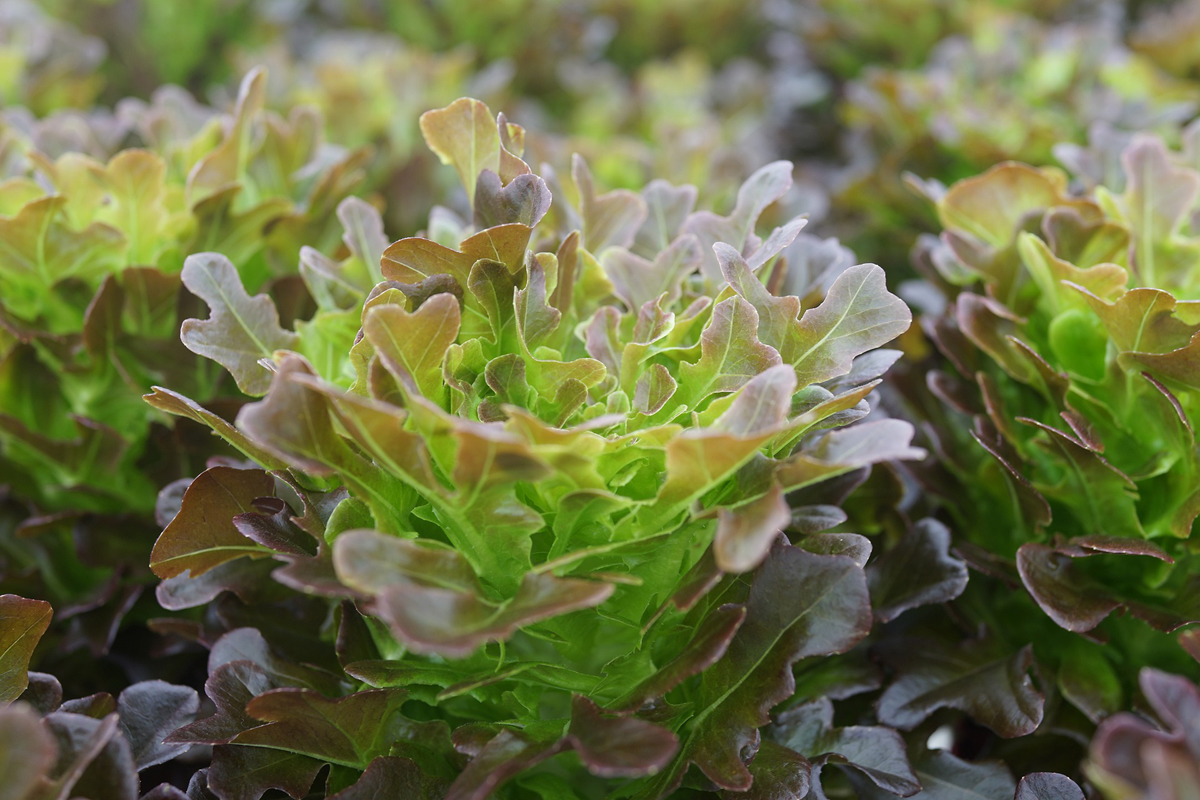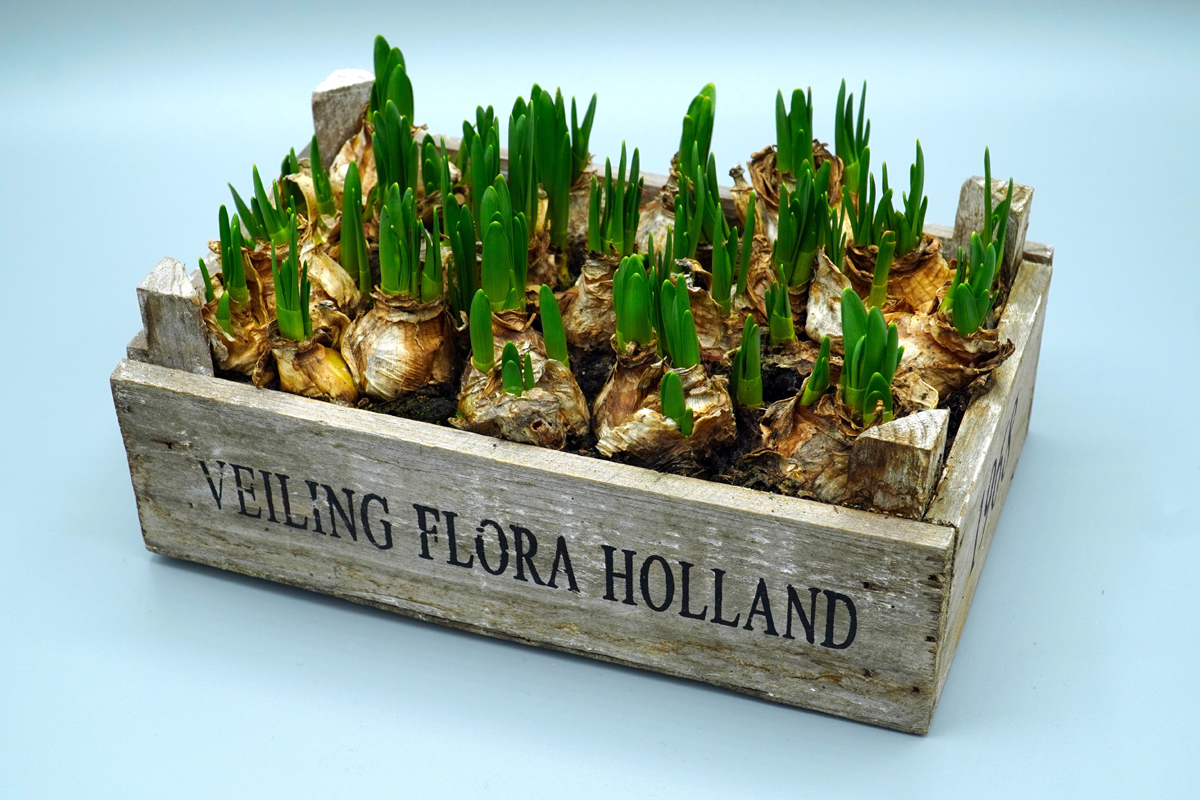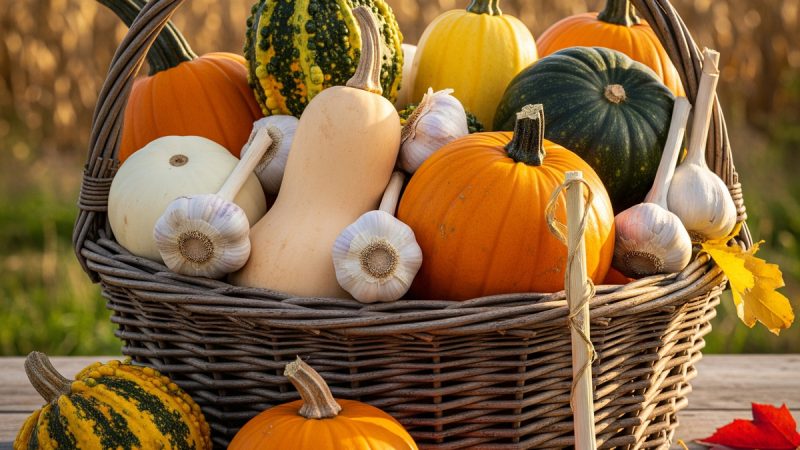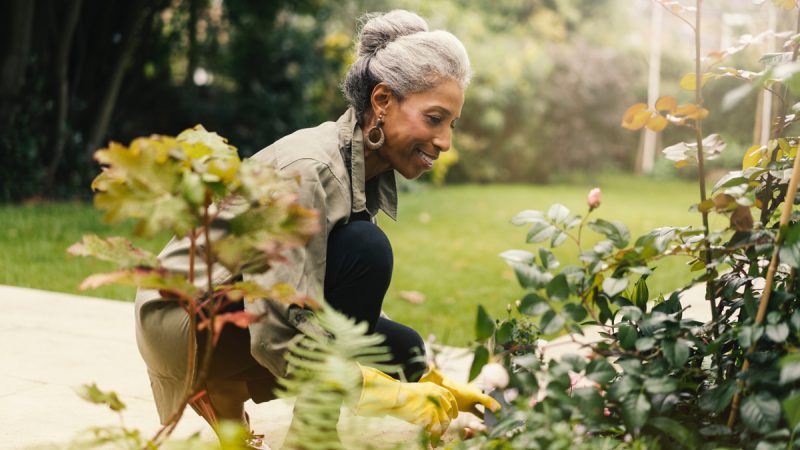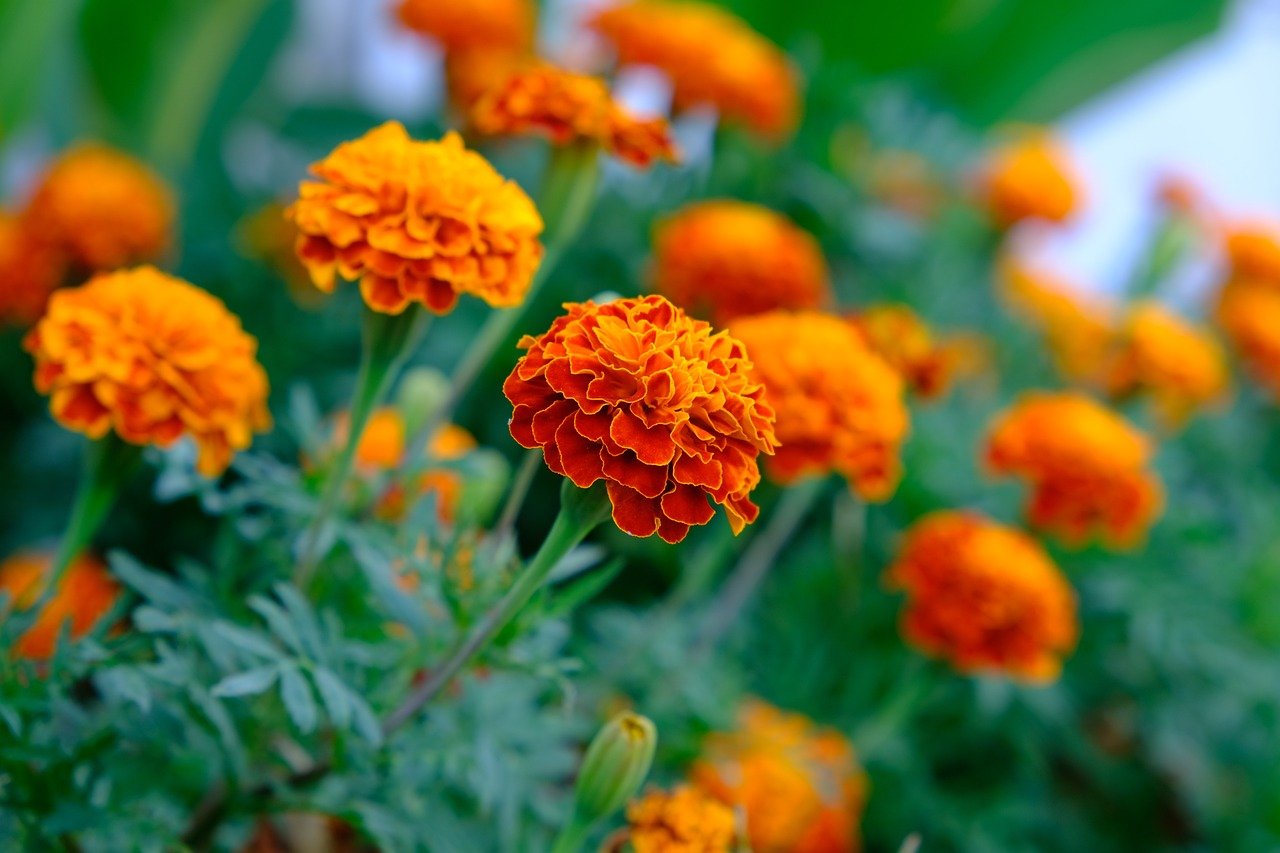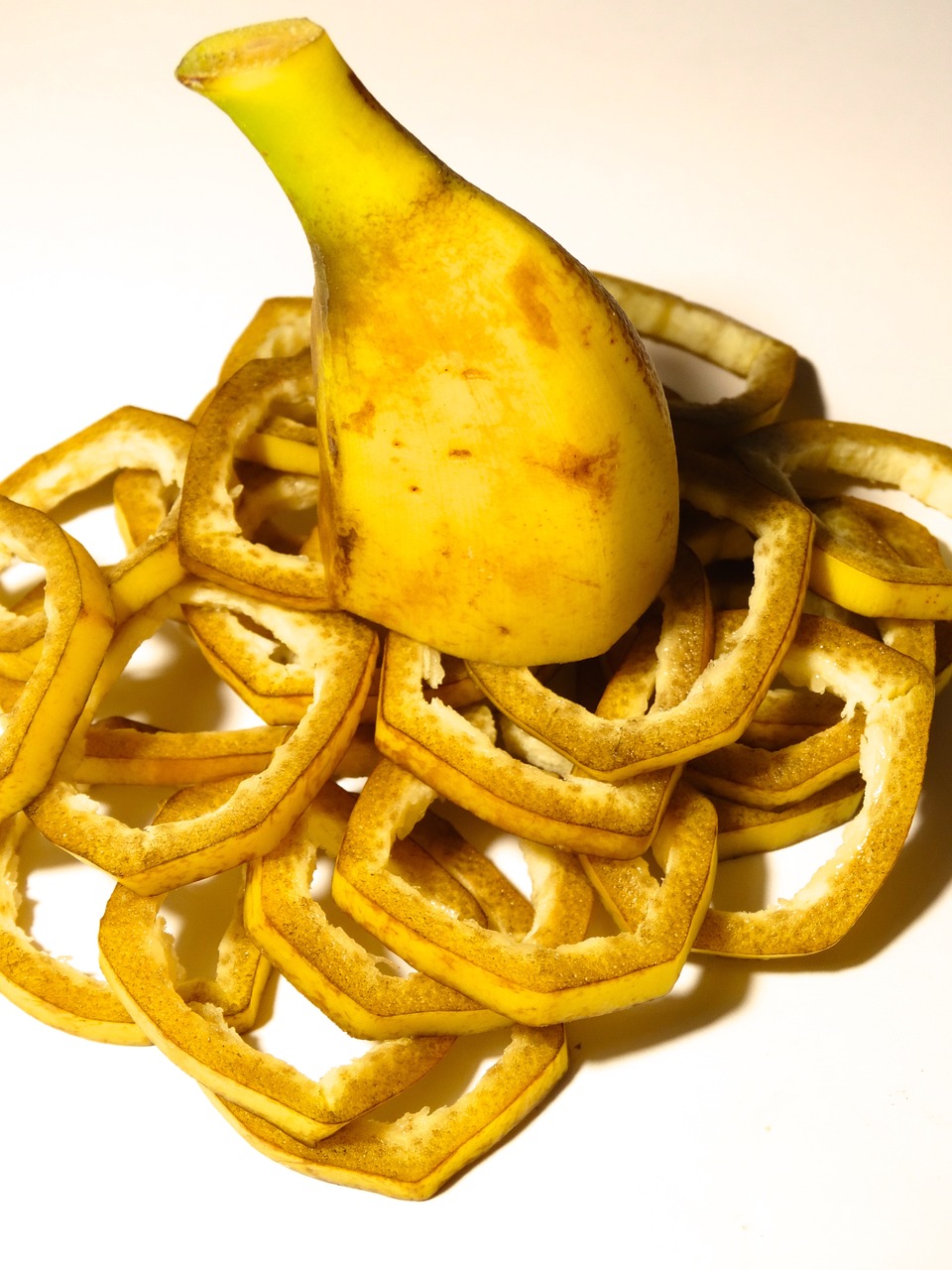5 Easy Steps to an Old Fashioned Cottage Garden

Cottage garden style is a casual, colorful, easy, beautiful and cheerful celebration of flowers and herbs. I started small and continued to add to my garden. It is much less overwhelming to do ‘baby steps’, rather than to craft a large garden all at once.
To reduce the amount of watering and fertilizing later, start right by using organic soil that is rich in nutrients. You will enjoy the gorgeous abundant blooms of happy plants that are thriving in ideal conditions. Healthy, well-nourished plants need little to no fertilizer. One of the best things about this type of garden is its plant density. This dense growth keeps roots cool and moist while crowding out any weeds. Moreover, some seeds will naturally fall to the ground and provide a whole new crop of flowers the following spring.
1. All New Gardens Should Start The Same Way:
- assess the area for the amount of sunlight it receives in a day
- determine if the spot is normally dry or moist
- if your soil is not ‘gardeners’ dream loam, add organic materials as needed to make it a great place for new growth to thrive
2. Define The Borders of Your New Cottage Garden:
I love the old picket fences, and incorporate them to delineate the boundaries of my gardens. I think they add to the old-fashioned feeling cottage gardens evoke. Perhaps you would rather use stones or some other materials to outline your garden. That’s the beauty of a cottage garden-there are no rules except yours!
3. Choose Your Plants.
For me that is the most fun of the whole project. I prefer to use only perennial plant material, but you can certainly add annuals for a bright pop of instant color.
Incorporate the plants that you love, and that work in your sunlight situation. As to choosing colors, I like to mix and match for a very informal look, as if Nature painted the picture herself. But if you wish to use your favorite colors, or coordinate them with your house color, or use complimentary colors, then that is what you should do. Again, there are no hard and fast rules with this type of garden.
4. Wind a Drip Hose in and Around Your Cottage Garden
Wind a drip hose in and around your cottage garden to ensure your plants get all the moisture they need and you won’t have to haul out the hose at all! Water ends up where the roots can access it easily. There are inexpensive timers available at local garden centers and online. Just set the on/off time and duration so your garden is watered automatically.
Once established, cottage gardens require a lot less water than traditional gardens. Mine doubles as a rain garden, so I rarely have to water it unless we have an extended dry spell during the hottest part of the summer. Also, my cottage garden faces towards the east. It receives about 6 hours of sunlight, most of which comes during the morning hours.
5. Mulching Your Garden is Always an Important Step.
Mulch holds in precious moisture and holds down weeds, plus it provides that finishing touch that pulls everything together. Use organic mulch like leaf mold or bark, and you have added another layer of nutrients as the mulch breaks down over time.
I make leaf mold by filling up a large black plastic leaf bag with leaves in the spring; tie it up and let it ‘cook’ in a sunny place for several months. It will break down into usable mulch and be ready for spreading on your gardens in the fall.
Plants that produce nectar, seeds and seed heads are helpful for wild song birds. Nectar plants provide nutritious food during the warmer months; then in the wintertime the seed heads supply valuable nourishment when other seed sources are scarce.
The best gardens are those that bestow beauty and fragrance for us, as well as nourishment for wildlife and beneficial insects. Never use toxic weed killers or chemical fertilizers. Stick with natural and organic alternatives that do not harm us, our wildlife or our water supply.
Remember it is Always Best to Use Native Plants.
They have adapted to your particular climate and soil conditions. Native songbirds, butterflies and bugs look for those familiar and useful plants and shrubs. Your cottage garden will yield many far-reaching benefits for you and your local wildlife.
The Author:
Connie Smith is the proud owner and manager of Grandma Pearl’s Backporch, LLC, and the expert author of many online articles about easy and unique ways you can create the best bird-friendly habitats to help wild birds survive and thrive. Discover how to create fun and safe backyard habitats for wild birds using their preferred plants and foods, while adding color, fragrance and beauty to your landscape. Find simple how-to projects for making your own unique bird feeders; and learn how easy it is to attract a variety of birds to your yard and gardens. Visit today!

